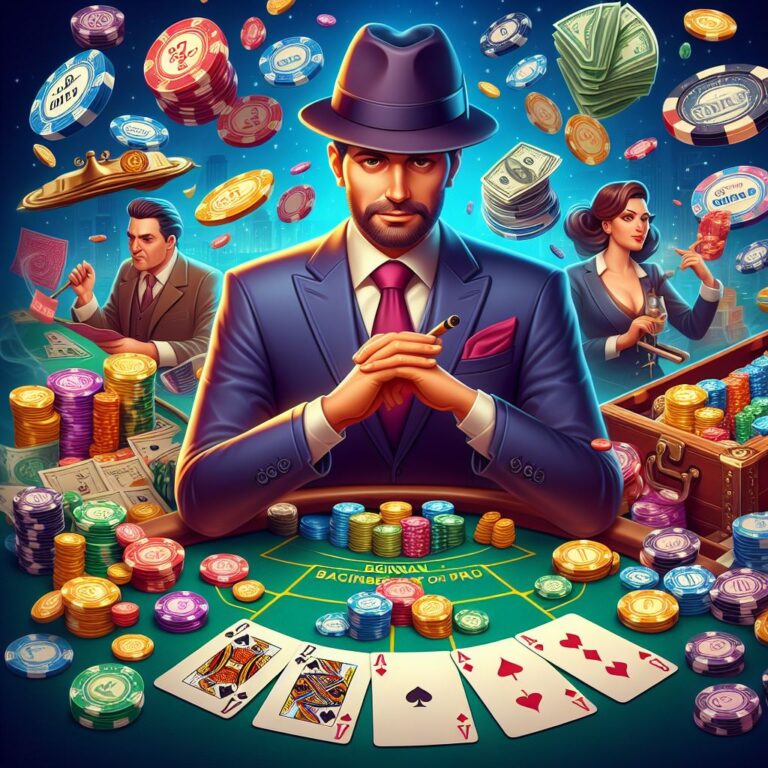Poker Face: Reading People and Cards in High Stakes Games
In the high-stakes arena of casino poker, in High Stakes Games the ability to read both cards and people is an indispensable skill. This skill, often encapsulated in the iconic expression “poker face,” goes beyond mere game play; it involves deep psychological insight, sharp observation, and strategic foresight. This article explores the art of reading in poker, providing insights into how top players interpret physical tells, betting patterns, and card probabilities to gain an edge over their opponents.
The Art of the Poker Face
A poker face is a blank expression that reveals no information about the hand you’re holding. It’s a player’s first line of defense, designed to shield their intentions and emotions from competitors. The challenge, however, isn’t just about maintaining your own poker face—it’s also about deciphering the façades of others.
Psychological Insights
Expert poker players are adept at reading psychological cues, often referred to as ‘tells’. These can range from physical gestures, in High Stakes Games like twitching and fidgeting, to changes in betting patterns or even the timing of a player’s moves. Each tell can provide critical information that, when correctly interpreted, offers insights into a player’s likely hand or strategy.
Physical Tells
Physical tells are involuntary reactions that can betray a player’s emotions or the strength of their hand. Common tells include dilated pupils, in High Stakes Games a change in voice pitch, sudden movements, or even something as subtle as breathing patterns. The seasoned player observes these nuances closely, using them to make calculated decisions about how to proceed in the game.
Betting Tells
Betting patterns are perhaps more reliable than physical tells because they reflect how players react to their cards over multiple rounds. Aggressive betting might suggest a strong hand, whereas hesitation or inconsistent bet sizing can indicate uncertainty or a weak hand. Understanding these patterns requires careful attention to the flow of the game and each player’s style.
Mastering Card Reading
Beyond reading opponents, successful poker players must excel at card reading—predicting the likelihood of winning with the given hand and the potential hands opponents might be holding.
Probability and Odds
Knowledge of probability and odds is fundamental in poker. Players calculate these on the fly to determine the likelihood of various outcomes. This includes understanding the odds of certain cards coming on the turn or river that could improve their hand or strengthen an opponent’s.
Range Analysis
Range analysis involves deducing the possible hands an opponent could hold based on their actions and visible community cards. Skilled players think in terms of ranges rather than specific hands, considering a spectrum of possibilities and adjusting their strategies accordingly.
Strategy and Adaptation
The final layer of complexity in reading people and cards is adapting your strategy based on the information you gather. This might mean changing your betting strategy, bluffing, or folding, depending on what you read about the situation and the other players.
Bluffing and Counter-Strategies
Bluffing is a powerful tool when used sparingly and strategically. It can convince opponents of a stronger or weaker hand than you actually hold. Counter-strategies involve anticipating and reacting to bluffs and other moves by opponents, requiring a deep understanding of psychological manipulation and game theory.
Conclusion
Mastering the dual arts of reading people and cards is what sets apart good poker players from great ones. This complex interplay of psychological insight, strategic calculation, and observational skills defines the core of high-stakes poker. For those looking to excel in this thrilling game, developing a robust poker face and keen observational abilities are just the starting points.
Read More: Strategic Moves: Advanced Poker Techniques for Winning Big






